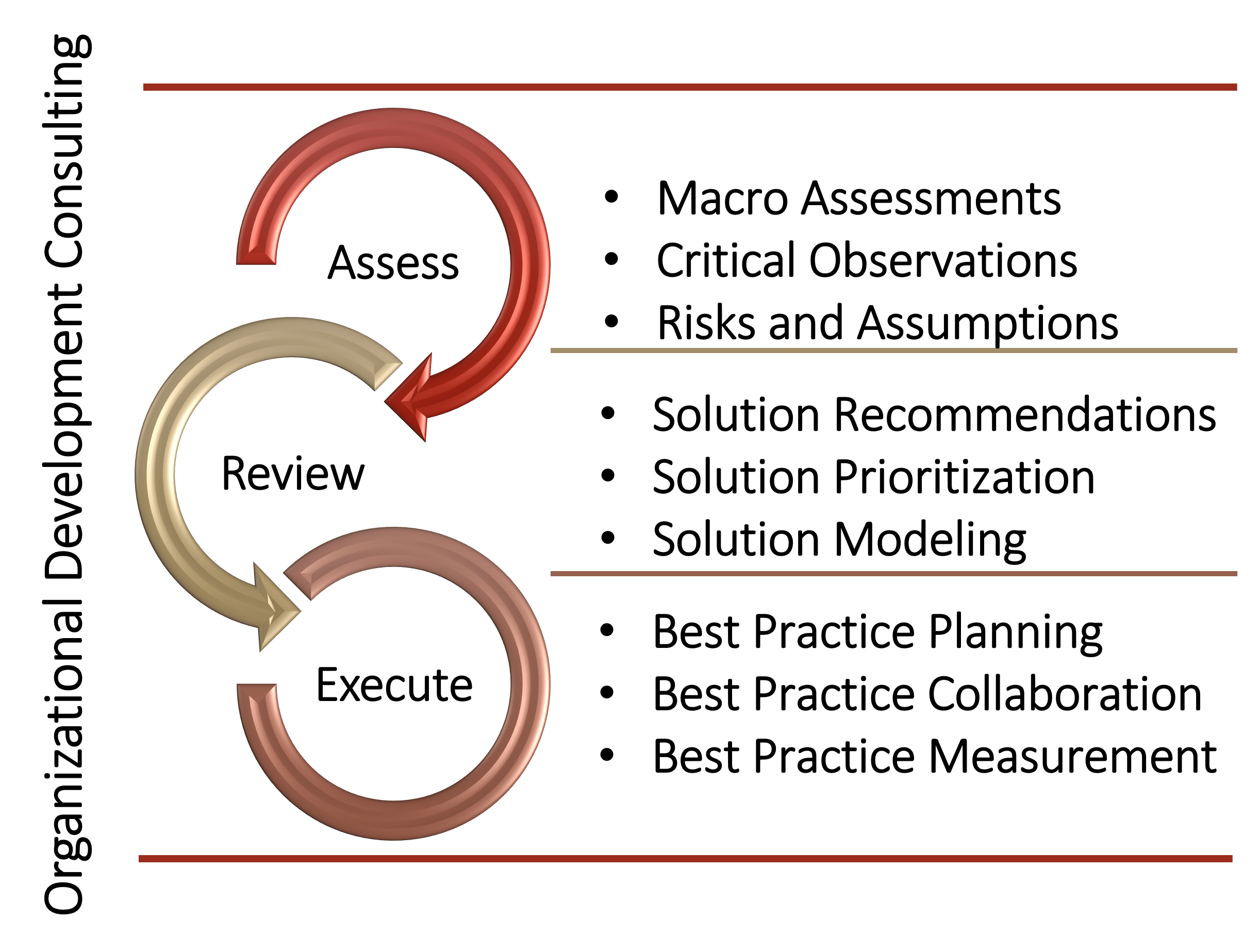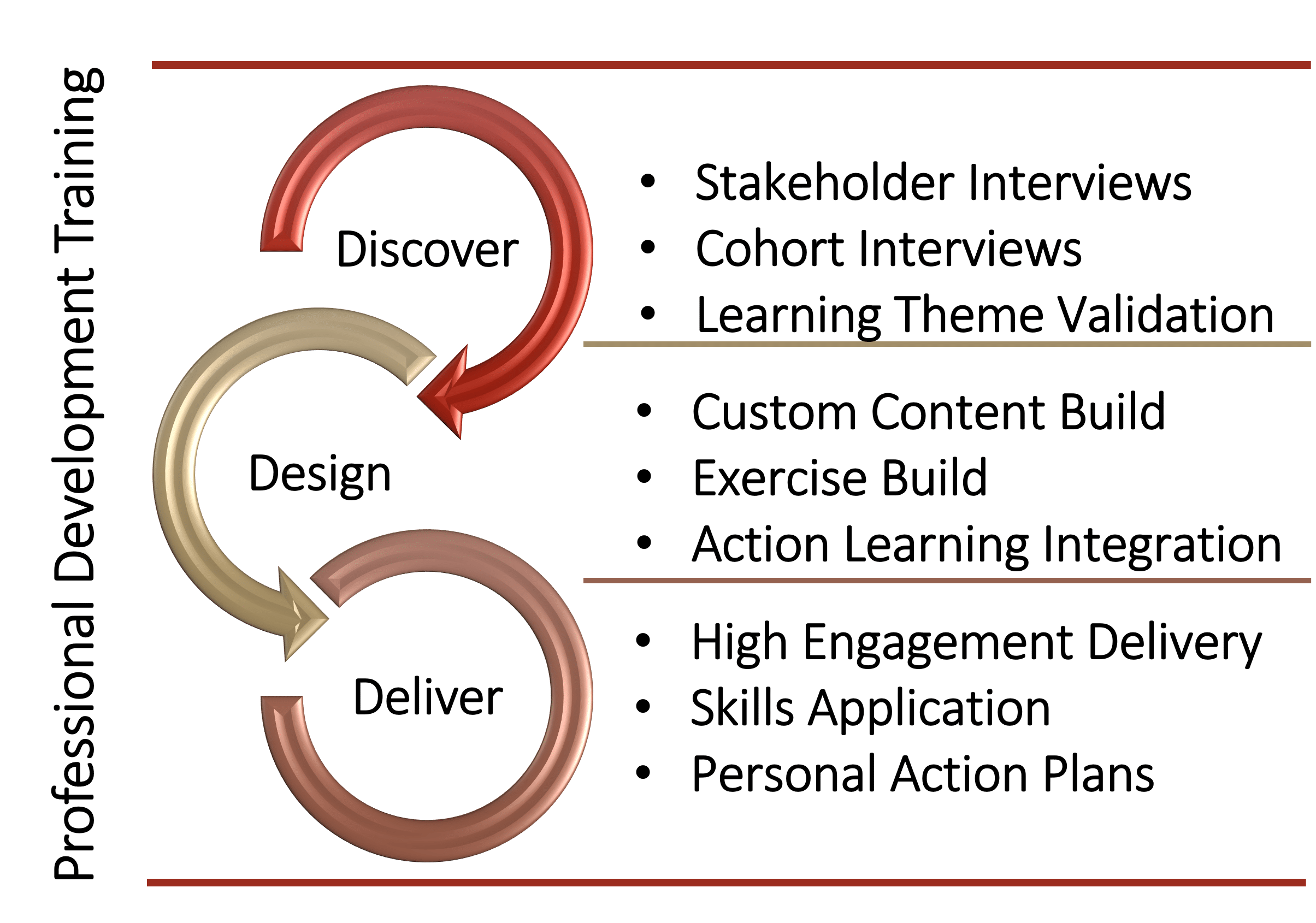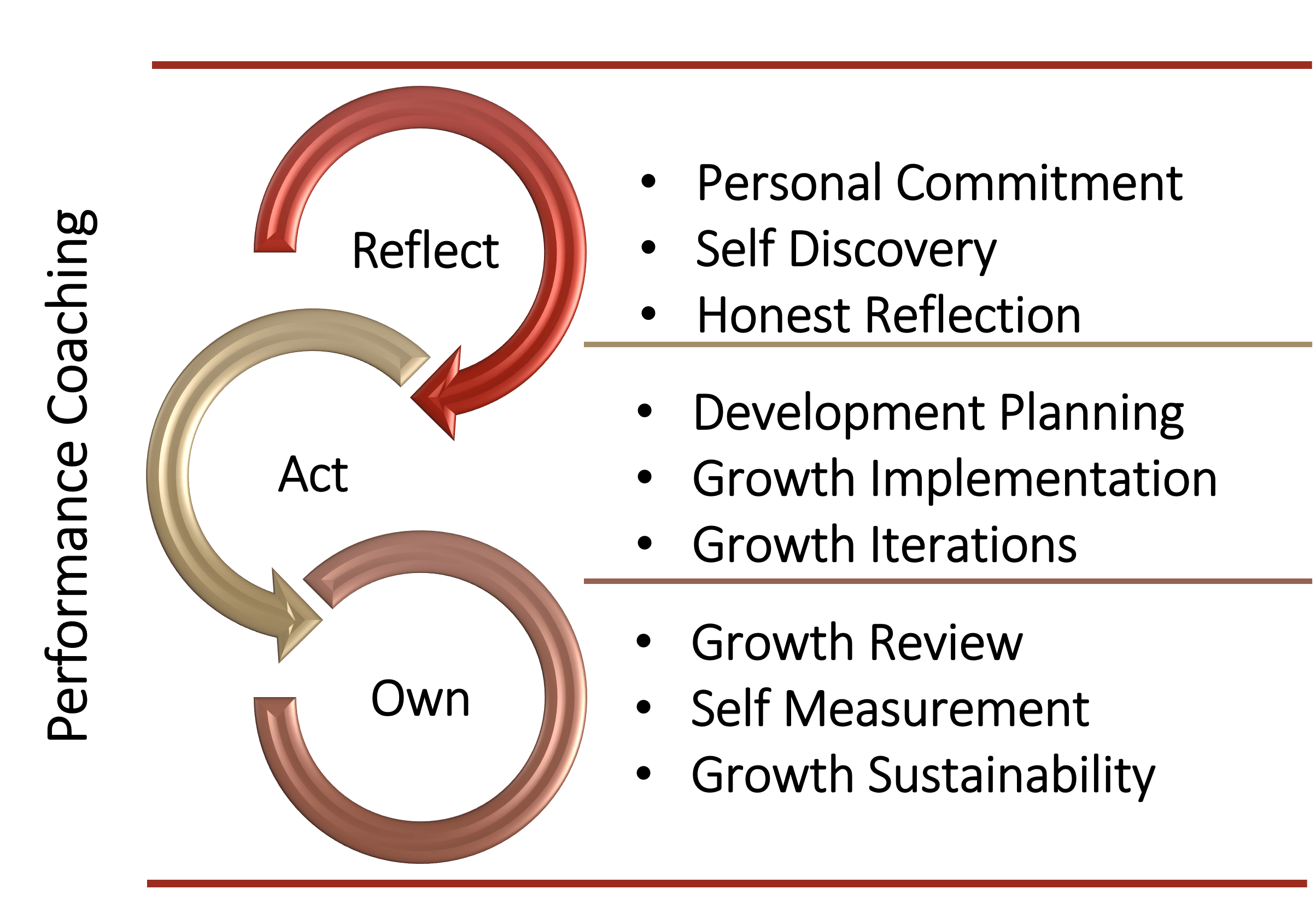Client
The Client is a Global leader in the Commercial Coatings Industry on the verge of a coating product breakthrough that will positively affect the marine environment and markedly improve the local health, safety, and welfare of the surrounding population in areas of global manufacturing facilities.
Challenge
The new product effort had been ongoing at a research level for some time and was not viewed as viable by all senior stakeholders. Twelve to fifteen individual projects within seven functional groups, ranging from research and development to legal, had been a part of the informal effort over a multi-year span. As a result, some resources had developed an “ownership” of the effort and although committed to its success, were more project that program experienced. These resources were opposed to external program assistance. The effort would require a high level of integration with multiple country contributors while preserving key technical and market leading IP.
Solution
The program was formalized and “kicked off” with the development of a detailed Program Charter which graphically detailed the interdependent nature of the contributing projects. Senior level resources were designated as Project Managers for each contributing project. Roles and responsibilities were clearly delineated as well as key program level milestones and the project level deliverables required for their success. AMS assisted the functional project managers with the development of detailed project level schedules and developed the Program Schedule that aggregated key deliverables and served a detailed program control tool. An AMS executive level resource assumed the role of Program Manager and an execution strategy was developed to encompass the multi-country contribution as well as a detailed governance model which included processes for protecting the product’s critical IP and pending patents.
Benefits
The senior level project managers, all long-term members of the organization managed their projects with very little cost or schedule slip resulting in a program that met its technical-readiness and pilot plant targets. The product was rolled out on time and market share was far exceeded due to several unexpected countries and large client organizations expressing interest in the product’s functional and environmental benefits. Additional pilot plants and product lines were introduced to meet the unexpected demand.
The organization has adopted the program methodology and the many project management practices utilized to ensure the delivery of key technical and managerial deliverables. The client now utilizes internal new product program managers and utilizes the initial NPD program as its primary case study for their training.
Client-Centric Engagement Models
By leveraging our collaborative engagement models, we partner with our clients to understand their unique needs through formal data collection, rigorous gap analysis, and solution customization. This methodical approach leads to high-impact solutions, rendering “leave behind” value that our clients measure in sustainable performance improvement.




Our Commitment to Excellence
Advanced Management Services, Inc. (AMS) is a premier Organizational Development consulting firm. Since 1994, AMS has been serving cross-industry Fortune 500 companies, mid-market businesses, high-growth firms, and government entities with innovative business solutions.
Aeronautics - Banking & Finance - Construction & Engineering - Higher Education - Government & Municipal Agencies
Hospitality - Manufacturing - Pharmeceutical - Research & Development - Scientific
Transportation - Automotive - Biotech - Professional Services - Energy/Utility/Gas/Oil/Nuclear
Food Processing - Food Service - Healthcare - Information Technology & Artificial Intelligence (AI)
Software Development - Non Proffit & Association Management - Publishing - Retail - Sales & Marketing - Telecommunications
What Our Clients Say
At AMS, our clients’ testimonials speak volumes about our commitment to excellence. Our tailored solutions have consistently driven sustainable growth and outstanding results for our clients, you can learn more about the details of how we helped them exceed their objectives in our Solution Briefings or Contact Us to discuss your unique needs.

"The team at AMS provided some of the best corporate training we ever received. The consultant's ability to fully understand our industry and how the PM space was impacted and complimented by the Business Analyst function was outstanding. I would recommend the AMS team to anyone seeking a knowledgeable and insightful relationship with a consulting firm."
- Manager of Training at a Leading National Insurance Company
"AMS coaches are top shelf and bring a depth of experience seldomly found at other coaching firms. The executive level of the team and how they collaborate along the journey is an extraordinary wealth of knowledge."
-COO at a Global Manufacturer of Industrial Components
“The team at AMS was impressive from the first time we met them. I have personally interviewed many large training companies, but the folks at AMS were heads and tails above the rest because of their flexibility, desire to be true partners and level of subject matter expertise. I would recommend AMS to any organization seeking a results driven team of professionals.”
- V.P. Training and Development at an International Retail Chain
"The training we received from the AMS team was insightful, current and tailored to our environment/industry. Because of the training we have been able to improve and sustain performance within the IT PM department."
- Director of Training at a Globally Diversified Healthcare Company
"The experience with my coach from AMS was a critical factor in establishing goals for my team and then being able to lead them through transformation. The results from my efforts were much more impactful because of the direction they provided."
-Director of Engineering at a Global Manufacturer of Industrial Components
"My experience with my AMS coach was extraordinary and far exceeded my expectations in terms of how quickly I was able to apply new ideas and solutions to challenges I was facing. Additionally, I was able to pass along some of the new knowledge and help my team as well. Very happy to have participated in such a solid program."
- COO at a Global Staffing and Talent Agency
"My coach at AMS helped me to clarify and then navigate my career objectives. The sessions led to my gaining more confidence and ultimately my dream job."
-Technology Manager at a Global Digital Retailer
Join the ranks of leading organizations that have partnered with AMS to drive innovation, improve performance, and achieve sustainable success. Let’s transform together, your journey to excellence starts here.